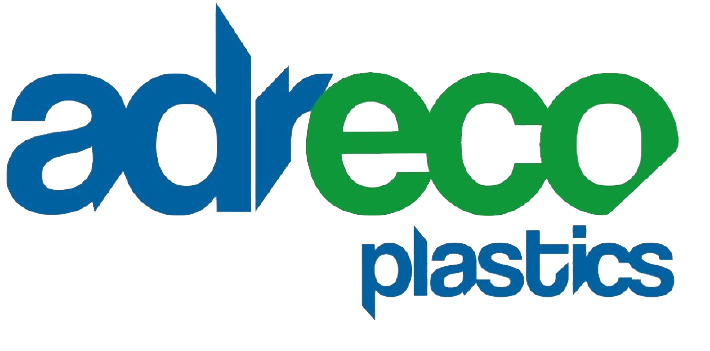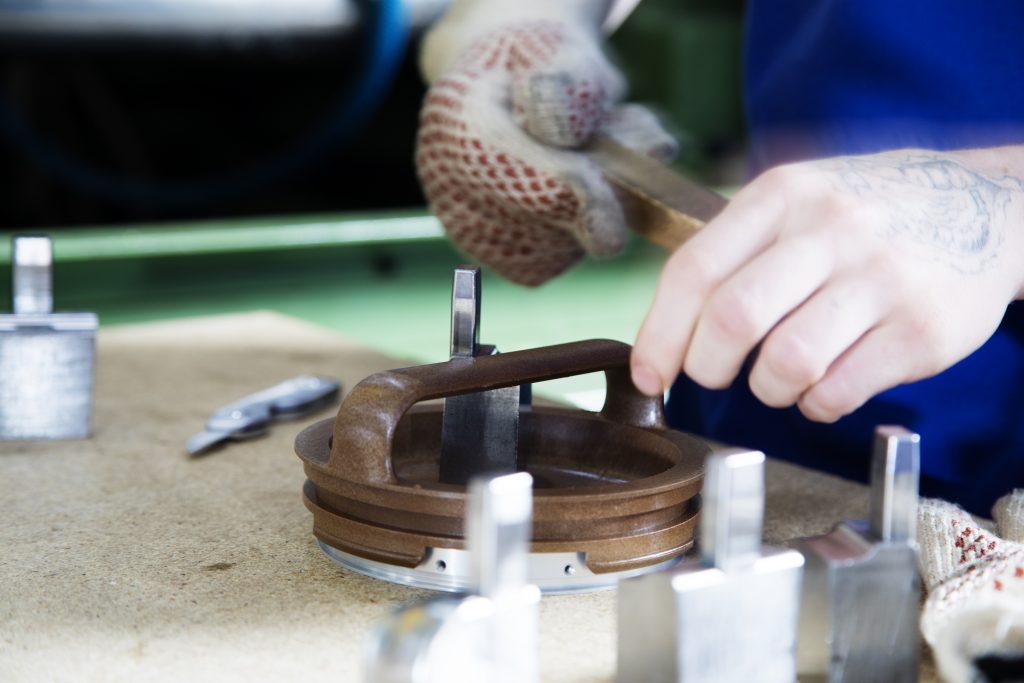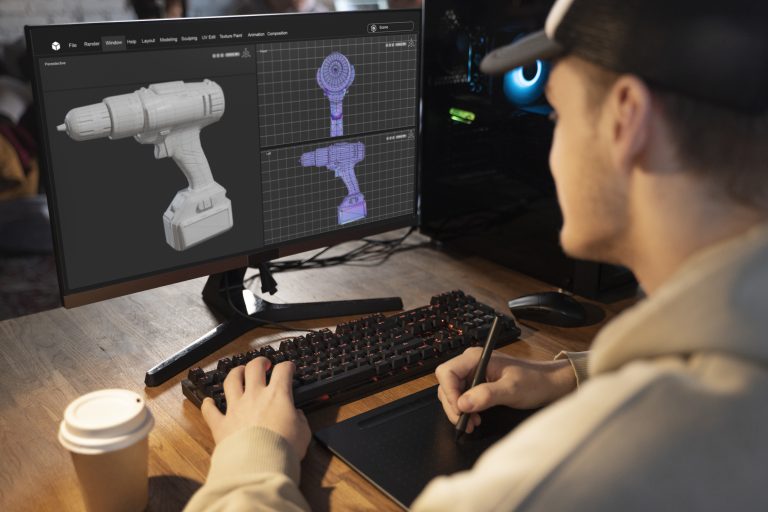What is Acrylic Moulding?
Acrylic, also known as polyacrylate, is a transparent thermoplastic. It may be known more commonly as ‘PMMA’ or its trade name plexiglass. Its characteristics are strong, lightweight, highly insulating and optically clear. It is easy to fabricate and with its many properties, it has countless applications.
Some of the first applications were in the 1940s for aeroplane windows and are still used in similar ways today for their clarity. It fares similarly to polycarbonate (PC), but does not contain bisphenol-A (BPA) and is not as impact-resilient. However, acrylic is copolymerized so as to double up strength and scratch resistance.
How is Acrylic Moulded?
1.Thermoforming
Thermoforming is the process of heating acrylic sheets until it’s moldable. The plastic is then manipulated to form a custom shape. Thereafter, there are a few popular methods that come into play to finish off the shaping process.
- Vacuum forming is a simplified version of thermoforming and is often the cheapest and quickest option. The sheet is heated and stretched over a mold, with a vacuum to remove any air between the plastic and mold.
- Pressure forming is used when the product has fine corners and edges. The sheet is heated and fitted into the mold using high pressure. This method allows for more precision and so is used for things like retail displays.
2. Injection Moulding
Acrylic injection moulding is the process of heating the plastic and injecting it into a custom mould using a high temperature and pressure. It is useful to manufacture small parts but is more costly than thermoforming. Mass-production, however, can bring the cost per unit down.
Properties and Applications of Acrylic
Acrylic polymer is unrivalled in the plastic market for its optical clarity, and so it makes an excellent replacement for glass. It is just as clear as glass but weighs a lot less and it’s scratch-resistant it serves best as lenses. It can also filter out UV radiation which makes it a viable option for windows too. Moreover, combining plexiglass with polycarbonate can result in the manufacturing of bulletproof glass and aquarium tanks.
Food-grade containers can also be made using acrylic as it is chemical-resistant and doesn’t have a toxic composition (BPA-free). For this reason, it is used for refrigerator drawers and food containers.
The thermoplastic also possesses thermal stability and is easy to work with. Because of this, it can be easily bonded to other substrates to form stronger, or higher shatter-resistant products. The ease of fabrication and high wearability make it a popular option for various products. From things like retail displays and TV screens to things like paint and false nails.
Is Acrylic Moulding a Good Idea?
Acrylic polymer is an inexpensive and easily pliable resource on its own, and even stronger when combined with other plastics. Its attributes allow it to service the construction, beauty, medical and food industries. Its non-toxic nature can allow for high-quality food and medical-grade products which can be created via mass injection moulding.
On the other hand, the fumes released from molten acrylic during injection moulding should not be inhaled as they can cause internal harm. To avoid any ill effects, the moulding process should be performed in a well-ventilated area.
Acrylic moulding is also a poor choice when it comes to strength and impact resistance. PC is a better alternative for that but as mentioned before, copolymerisation can solve this issue.





